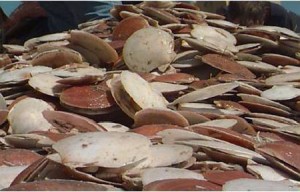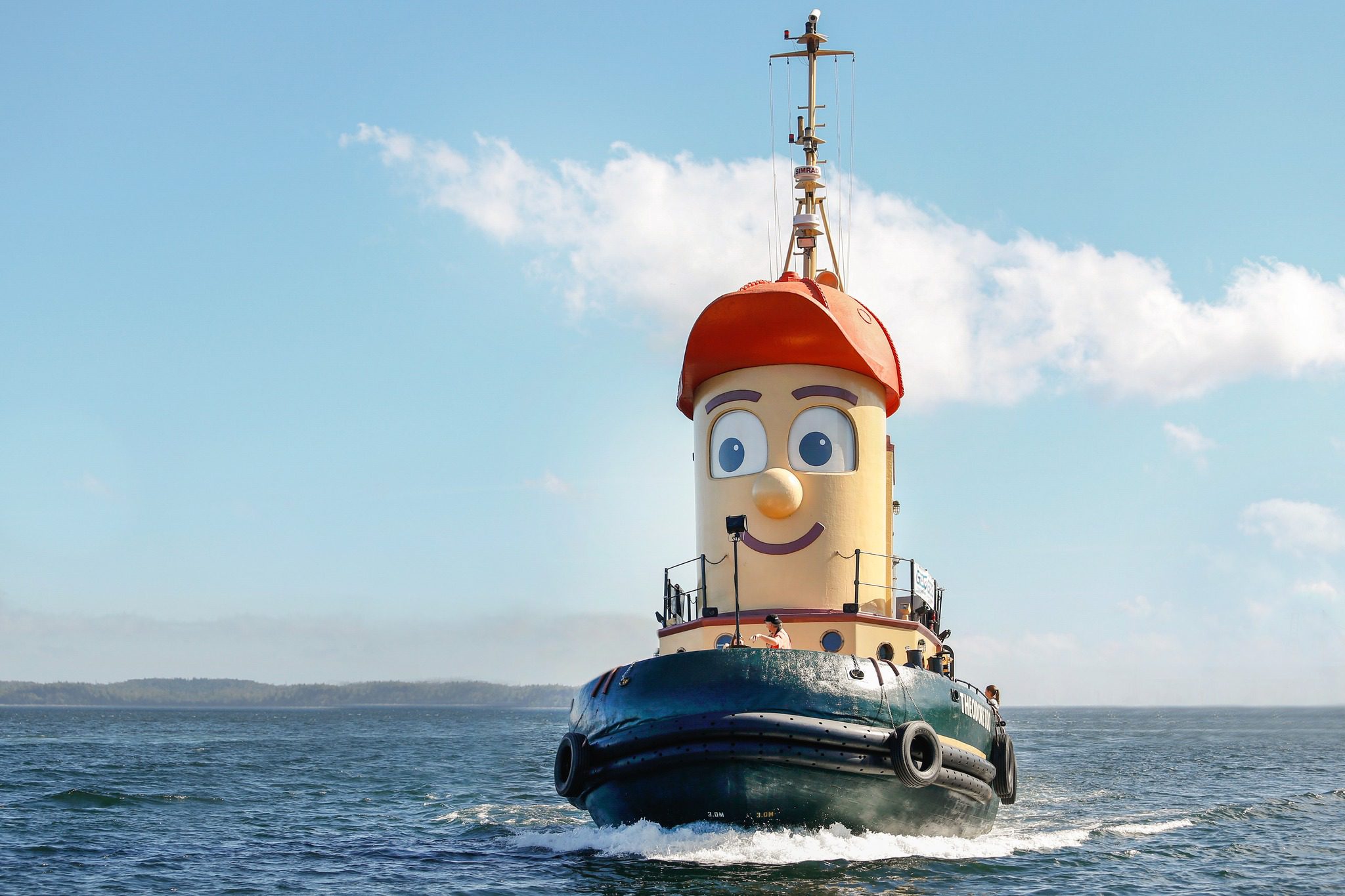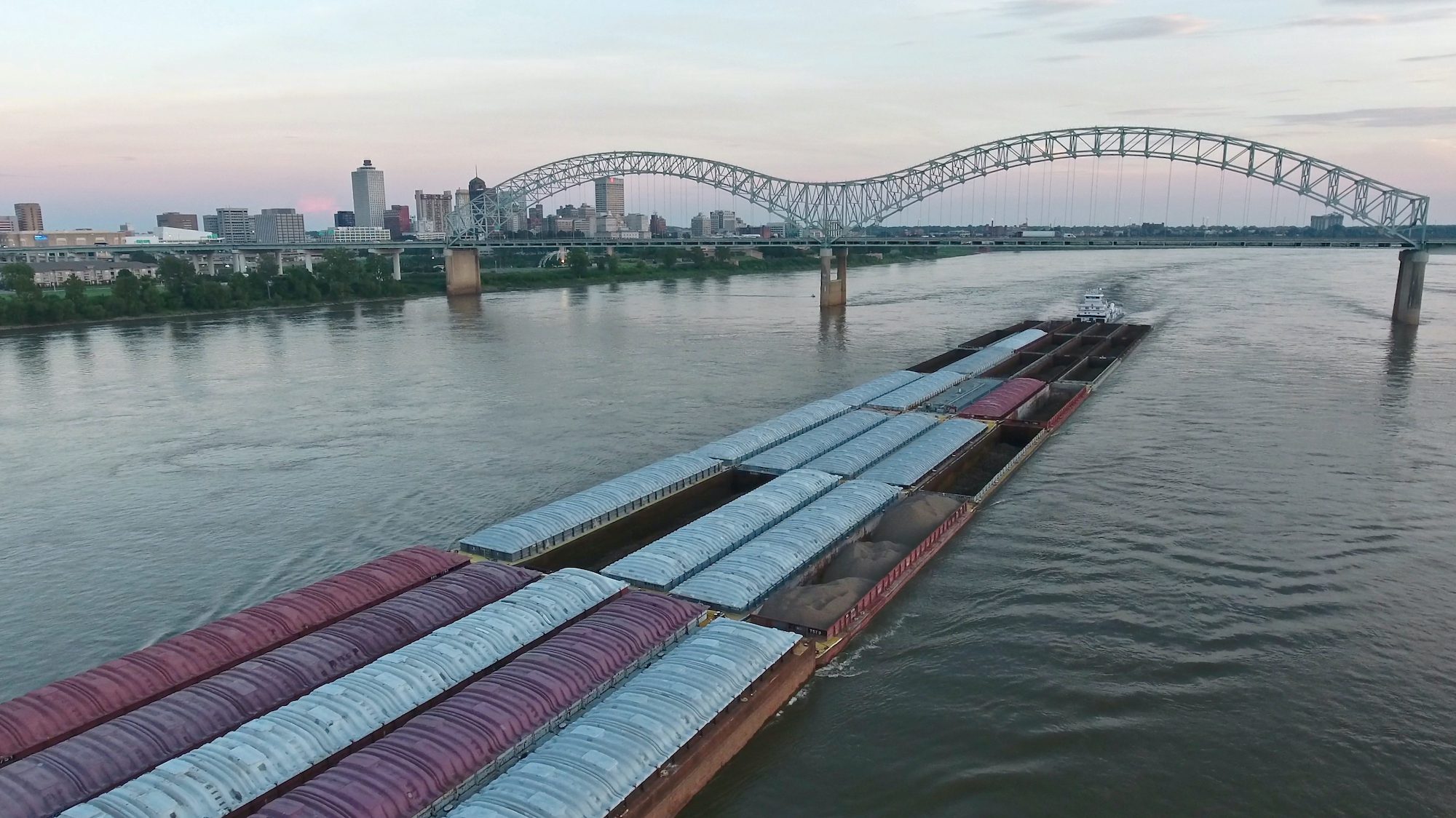 Scallops Ride to Rescue — Demand, Rising Prices Keep Former Whaling Port in Massachusetts Above Water
Scallops Ride to Rescue — Demand, Rising Prices Keep Former Whaling Port in Massachusetts Above Water
By Jennifer Levitz
NEW BEDFORD, Mass. — Known as the “Whaling City,” this coastal New England community celebrates its salty air and maritime heritage at every turn. A section with cobblestoned streets is known as the New Bedford Whaling National Historic Park. The annual mid-winter “Moby-Dick Marathon” brings together townsfolk for a 25-hour nonstop reading of the epic that was inspired by author Herman Melville’s journey on a whaling ship that departed New Bedford in 1841.
But the city’s modern fortunes are tied to a far smaller sea creature: scallops.
Scallops account for New Bedford’s status as the largest U.S. commercial fishing port in terms of value at $249 million in 2009, according to the latest federal fishery statistics. And scallops, unlike lobster, have proven remarkably recession proof with prices rising steadily through the downturn even as the amount caught held relatively steady. The wholesale price for a pound of the U.S. sea mollusk is $11.20, 41% higher than in November 2007.
U.S. fishermen say the weak dollar makes the famously meaty scallops that thrive in the northern Atlantic more affordable.
Belgium, France, and other countries are buying more. Fresh-scallop exports to Canada alone jumped 110% in the first four months of this year compared to the same period last year and rose 22% to France, according to federal trade statistics.
Many expect to see higher demand for scallops from China, which banned Japanese seafood because of concerns about radiation following the March earthquake and tsunami.
At the same time, the U.S. scallop supply is limited by federal conservation rules to an annual catch of roughly 50 million pounds. Areas where they can be caught are rotated to allow beds of young scallops to grow.
There is growing global demand for lobsters, too, but supply has been plentiful, with record landings in 2010, and the price has been only slowly coming back after plunging in 2008. The industry has resisted many lobstering limitations, believing open access to the fishery is best long-term for preserving fishing jobs, said Patrice McCarron, executive director of the Maine Lobstermen’s Association.
While rising prices are a boon for the scallop industry, it’s also bringing concerns. “The thing that scares me is that if the price gets too high, [restaurants] will take it off the menu,” said Peter Medeiros, the general manager the Whaling City Seafood Display Auction, New Bedford’s bustling seafood trading hub, where boats pull up to the dock starting at 5 a.m. daily, chock-full of scallops that are typically collected by towing a dredge or fishing net along the sea floor. The crew then shucks and ices the scallops at sea.
While scallops thrive in many parts of the world, the Placopecten magellanicus species of the Atlantic scallop fishery is coveted for its size, said David Rudders, a scallop researcher with the Virginia Institute of Marine Science. “I’ve seen them as big as Coke cans,” he said.
Heftier scallops have grown in popularity as tastes for scallops have changed, said Roy Enoksen, the 72-year-old president and co-founder of Eastern Fisheries, Inc., considered the largest of the scallop purveyors that line New Bedford’s waterfront, just off Herman Melville Boulevard. Scallops have graduated from being a bacon-wrapped appetizer or a supporting role on a fried-food platter to entree status, he said.
New Bedford restaurants serve dishes like pan-seared scallops with orange-ginger sauce. Eastern Fisheries employs a master chef who on a recent day sauteed scallops and endive in the company’s test kitchen.
“If you’re in the food business and the item you’re serving can be the center of the plate, you’ve arrived,” Mr. Enoksen said.
Dressed in classic New England attire of red-plaid shirt, khakis, and Sperry Top-Sider boating shoes sans socks, Mr. Enoksen, who started fishing scallops at age 11, described how global trade is rapidly transforming the industry.
His company now ships 15% of its scallops to Europe; five years ago, its only substantial trading partner was Canada. “If you told me 20 years ago that I was going to be concerned about things like the exchange rate of the euro, I wouldn’t have believed it,” he said.
With demand growing, Eastern Fisheries is this month opening a scallop farm, to cultivate smaller bay scallops, off the coast of China.
And with scallops in a fresh heyday, some in New Bedford, which has double-digit unemployment, believe scallop catch limits could be lightened. The Atlantic scallop fishery has been designated as “not overfished” for a decade by the National Marine Fisheries Services.
“Of all the fisheries, scallops are on top right now, but it could be better,” said Kristin Decas, the director of the Port of New Bedford, which regularly brings international seafood buyers on a tour of the working waterfront. “There could be more money coming in and more jobs from scallops,” she said.
Copyright (c) 2011, Dow Jones & Company, Inc.
Photo: Atlantic Sea Scallops courtesy NOAA’s National Marine Fishing Service

 Join The Club
Join The Club












